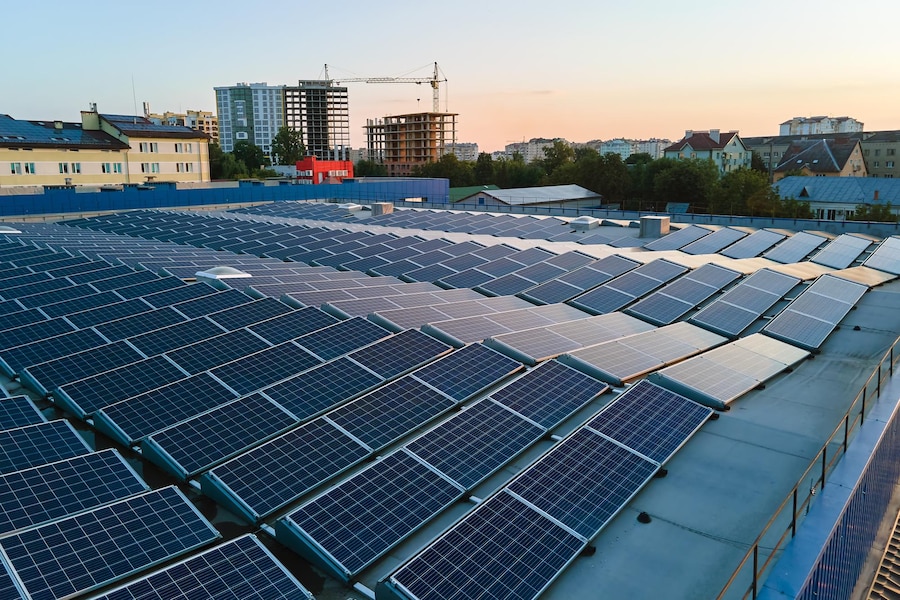Calculating your electricity needs is the first step in the process of investigating renewable energy systems for your home or small business. A thorough examination of your electricity needs helps you determine the following:
- The size (and therefore, cost) of the system you will need
- How your energy needs fluctuate throughout the day and over the year
- Measures you can take to reduce your electricity use.
Conducting a load analysis involves recording the wattage and average daily use of all of the electrical devices that are plugged into your central power source such as refrigerators, lights, televisions, and power tools. Some loads, like your refrigerator, use electricity all the time, while others, like power tools, use electricity intermittently. Loads that use electricity intermittently are often referred to as selectable loads. If you are willing to use your selectable loads only when you have extra power available, you may be able to install a smaller renewable energy system.
To determine your total electricity consumption:
- Multiply the wattage of each appliance by the number of hours it is used each day (be sure to take seasonal variations into account). Some appliances do not give the wattage, so you may have to calculate the wattage by multiplying the amperes times the volts. Generally, power use data can be found on a sticker, metal plate, or cord attached to the appliance.
- Record the time(s) of day the load runs for all selectable loads.
Considering energy efficiency measures in your home before you buy your renewable energy system will reduce your electricity use and allow you to buy a smaller and less expensive system. For information about determining the overall energy efficiency of your home.


